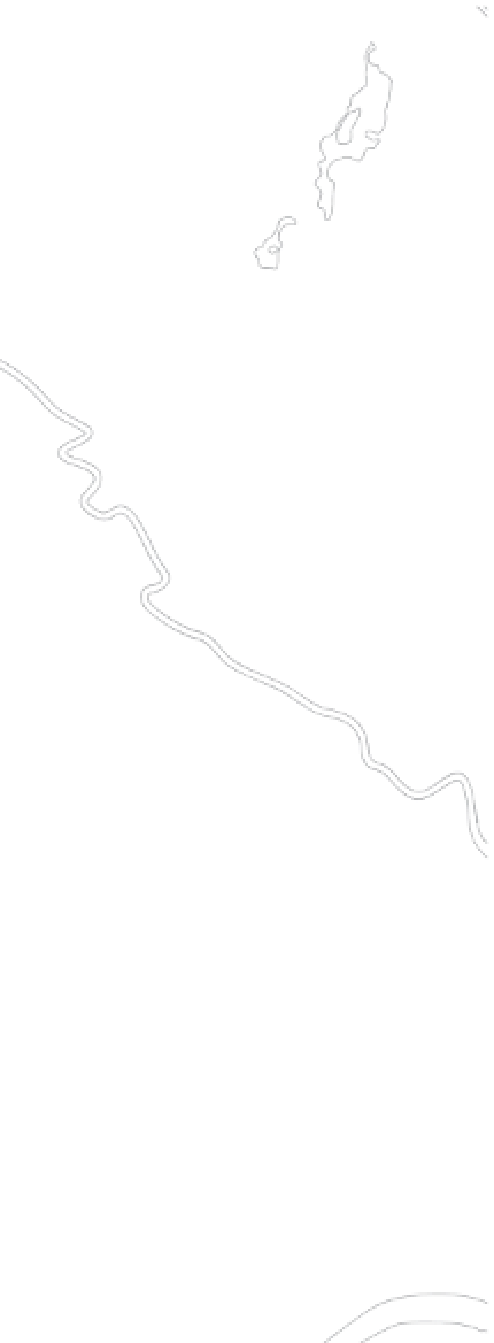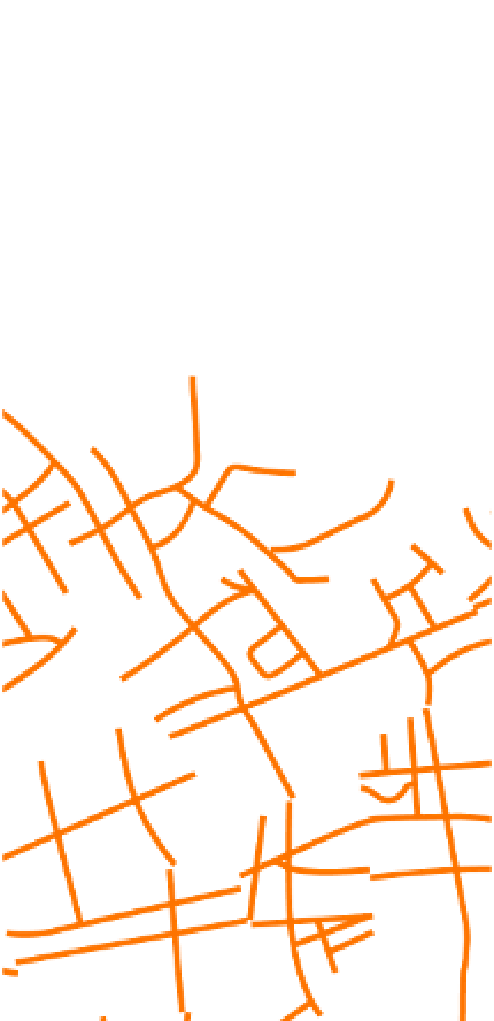Travel Reference
In-Depth Information
Duolun Culture Street
From the metro station, it's a couple of minutes walk east then north up an alley
lined with hole-in-the-wall restaurants to pedestrianized
Duolun Culture
d
Street
. This was once home to some of China's greatest writers, including Lu
Xun (see box opposite), to whom so many statues have been dedicated that he
seems practically to have been deified. One bronze effigy has him in static conver-
sation with another modernist
writer, Guo Moruo; beside them is
an empty seat for you to join the
debate, which has inevitably
become a favourite photo spot.
The
shikumen
houses (see p.74)
lining the street have been
converted to shops selling antiques,
curios and art equipment. Don't
miss no. 183, which now functions
as a private
Mao Museum
(daily
9am-5pm; ¥2). Badges make up
the bulk of the display - during
the cult of personality, it was
practically obligatory to wear your
devotion in the form of a tin
badge - and they came in a great
variety of shapes and sizes. The
rarest, now worth thousands of
yuan, are those produced in
homage by communist African
states. The owner's pampered
lapdog commonly sleeps at the
feet of a porcelain Mao, which
makes for an amusing photo.
Head down lane 2 and you'll
find the small
Museum to the
League of Left-wing writers
(daily 9am-5pm; ¥5), which was
set up here in 1930. Writers, sadly,
don't make for compelling
museums and the collection of
oddments, books and photos is less
interesting than the building itself,
a fine example of a well-preserved
shikumen
house. Another is the
grand former residence of
Guomindang politician
H.H.
Kong
at the northern end of the
street; note the Middle Eastern
influences evident in its window
decorations. But probably the best
thing about Duolun Lu is the
Old
Film Café
, charmingly decorated
with film posters (see p.116).
94








































































































































































































